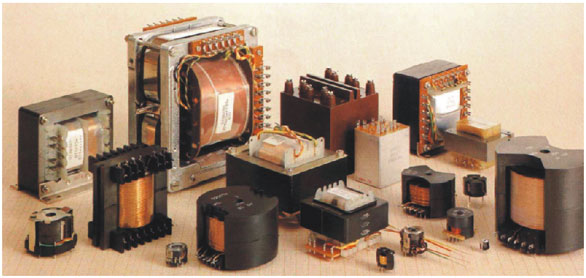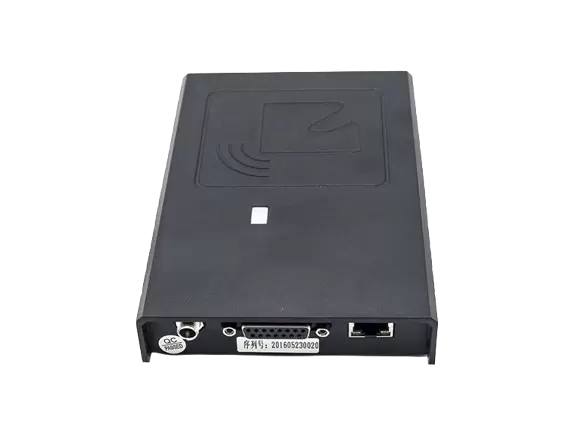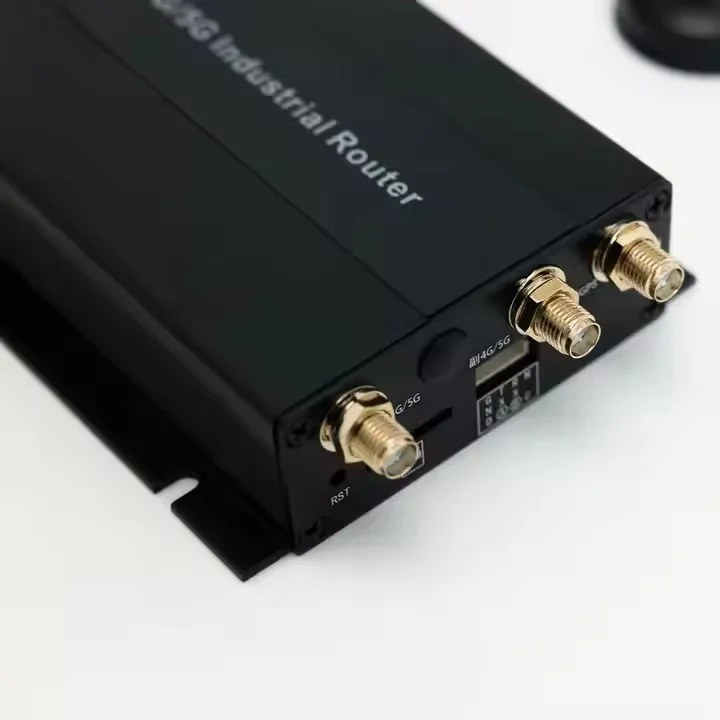Unveiling the Power Transformer: A Marvel of Electrical Engineering
2 min read
In the realm of electrical engineering, power transformers stand as the unsung heroes, silently facilitating the efficient transmission of electricity across vast distances. These complex devices play a pivotal role in our modern world, enabling the seamless distribution of electrical energy from power plants to our homes, businesses, and industries. In this article, we will delve into the intricacies of power transformers, exploring their inner workings, applications, and the indispensable role they play in our daily lives.
- The Fundamentals of Power Transformers:
At its core, a power transformer is an electrical device that transfers electrical energy between two or more circuits through electromagnetic induction. It consists of primary and secondary windings, a magnetic core, and an insulating medium. By exploiting the principles of Faraday's law of electromagnetic induction, power transformers can step up or step down voltage levels, ensuring efficient transmission and distribution of electricity. - Applications in Power Transmission:
Power transformers are the backbone of electrical power transmission systems. They enable the efficient transfer of electricity at high voltages, minimizing energy losses during long-distance transmission. These transformers are typically found in substations, where they step up the voltage generated by power plants for long-distance transmission over high-voltage transmission lines. At the receiving end, another set of power transformers steps down the voltage to a suitable level for distribution to end-users. - Industrial Applications:
Beyond power transmission, power transformers find extensive use in various industrial applications. They are crucial components in industries such as manufacturing, mining, and transportation, where high-power electrical systems are employed. Power transformers ensure the safe and reliable operation of heavy machinery, motors, and equipment by providing the necessary voltage levels and isolating circuits. - Transformer Design and Efficiency:
The design of power transformers is a meticulous process, considering factors such as load requirements, voltage regulation, and energy efficiency. Engineers strive to optimize transformer designs to minimize energy losses, improve voltage regulation, and enhance overall efficiency. Advanced materials, such as amorphous alloys and high-temperature superconductors, are being explored to further enhance transformer performance. - Ensuring Transformer Reliability and Safety:
Regular maintenance and monitoring are essential to ensure the reliability and safety of power transformers. Diagnostic techniques, such as dissolved gas analysis and thermal imaging, help detect potential faults and prevent catastrophic failures. Additionally, protective measures, such as surge arresters and cooling systems, are employed to safeguard transformers from voltage surges and excessive heat.
Conclusion:
Power transformers are the unsung heroes of the electrical world, silently enabling the efficient transmission and distribution of electricity. Their intricate design, applications in power transmission and industry, and continuous efforts to improve efficiency make them indispensable in our modern society. As we continue to rely on electricity for our daily needs, it is crucial to appreciate the marvel of engineering that power transformers represent.


